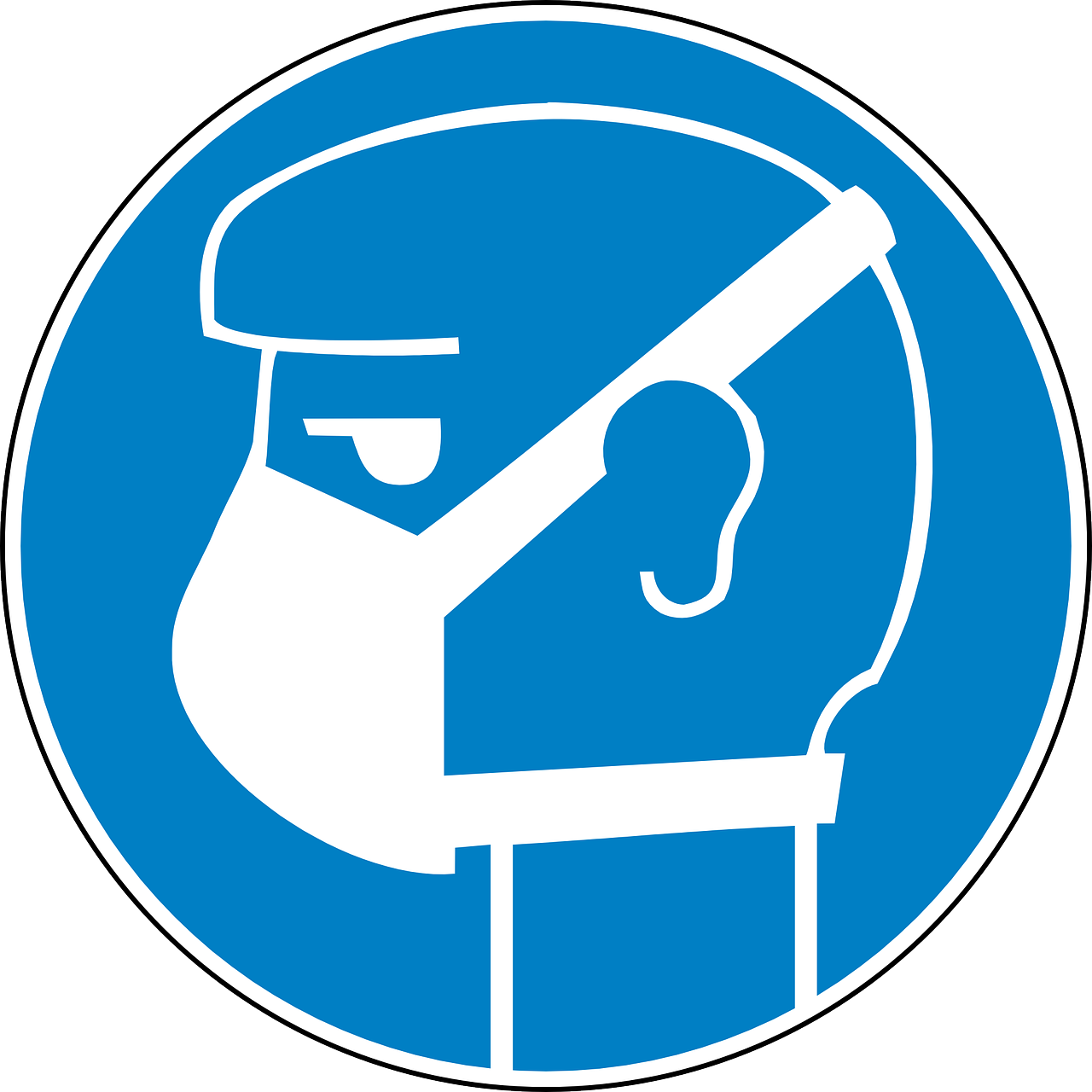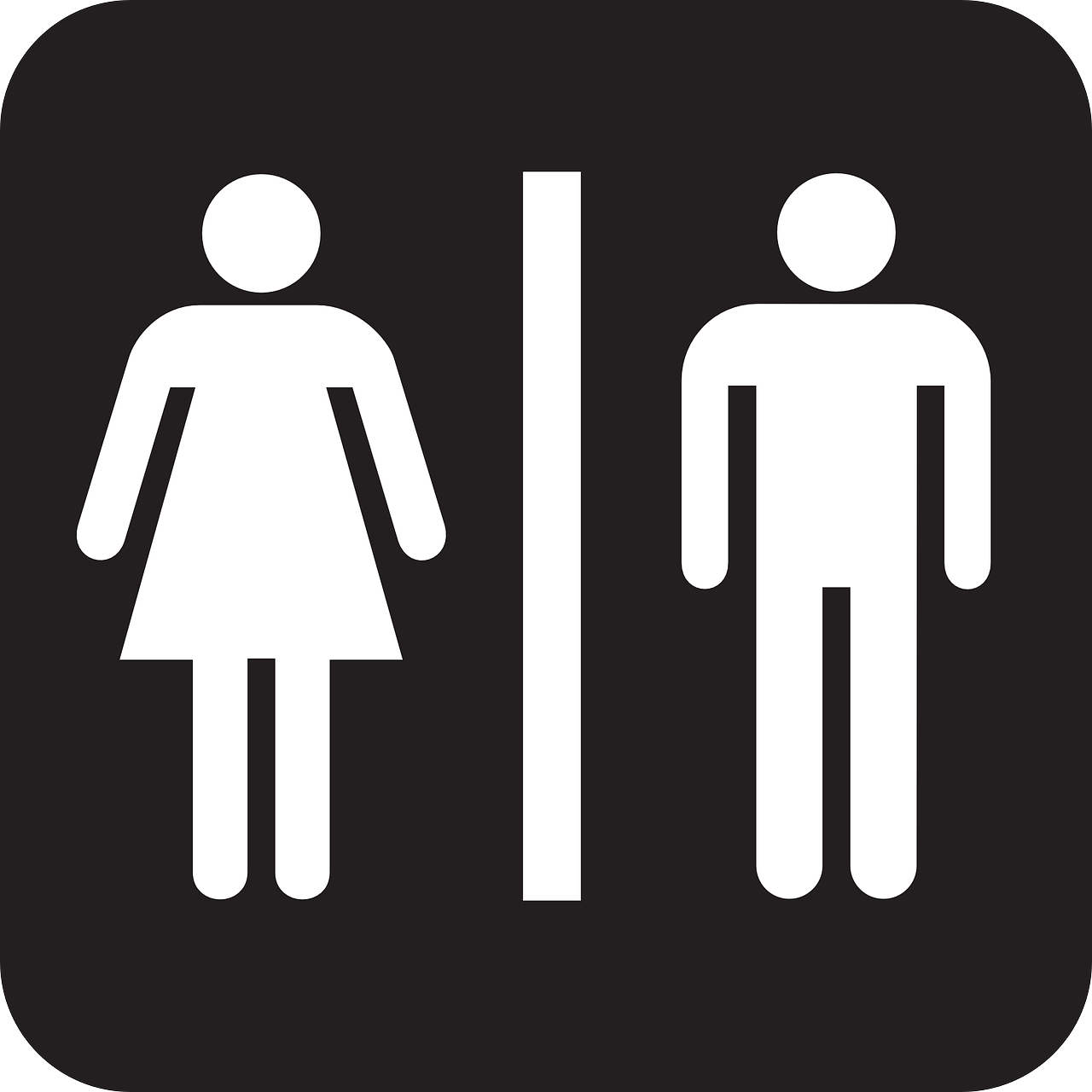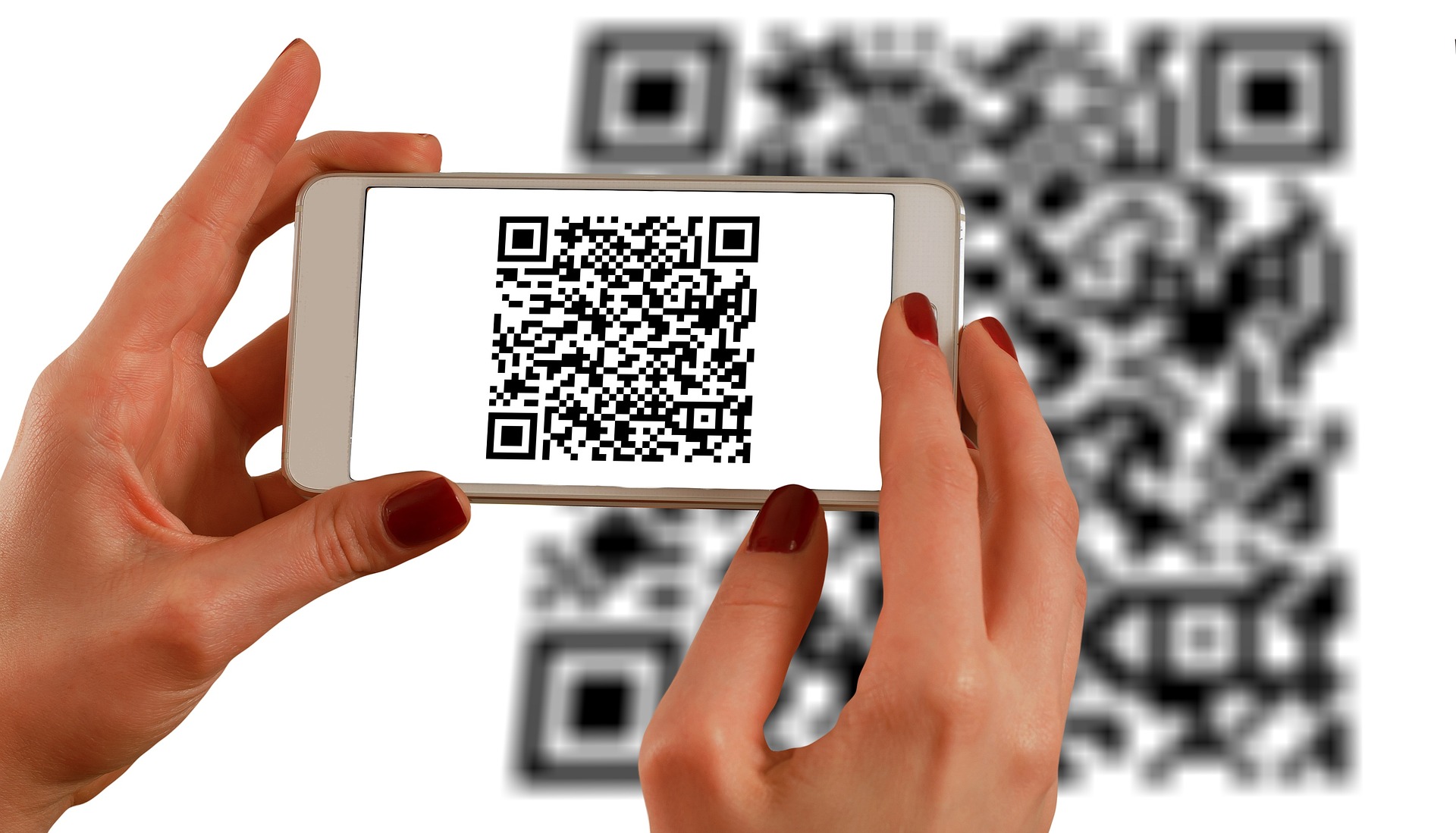Sanitation Practices for Post-COVID-19 Restaurant Operations
Published August 6, 2021
As vaccination rates continue to rise COVID-19 restrictions are really beginning to loosen, and, for a lot of the country’s restaurants, life has pretty much returned to normal. This isn’t, however, the “old normal”. The happenings of the past 18 months can’t just be brushed under the proverbial rug, and there are concerns which are going to persist and define what has long been dubbed the “new normal”. One of the most significant of the concerns that is going to remain and shape the new normal are elevated sanitation standards.
The sanitation of shared public places was thrust into the spotlight when everything cautiously reopened after the initial shutdowns of 2020, and, a year on, focus on sanitation is yet to abate.
Customers now have a much better eye for sanitation standards and many, almost 90% in some surveys, say they’re going to be continued to be concerned about sanitation standards, with almost half of those customers citing a fear of slipping standards as a reason for their continued concern.
It makes no sense to reverse course after we’ve raised our standards so high. But, with the pandemic falling into the background, customer’s no longer want it thrust in their face either. They want to continue to feel reassured by sanitation but there is no longer a need to profess sanitation so openly. So how do restaurant owners and managers navigate these murky waters?

To Sign or Not To Sign?

Sanitation signage was one of the best ways for restaurants to communicate their efforts to their customers and to reassure them that their safety was of the utmost importance in the location they were visiting. But, with the pandemic taking a backseat as restaurants turn it up to the highest gear for a summer of recovery, is this signage still necessary?
This is a very tricky question and the answer will be different for every location. Factors that will affect decisions, amongst others, are the style of the location and the opinion of any stakeholders, those being: owners, managers, employees, and, most importantly, the location’s clientele.
Reducing signage by removing or changing mask mandating text, along with temperature check other elements of the preventative measure which are no longer enforced by the powers that be, is one way of continuing to communicate only the necessary enhanced sanitation practices to customers. Replacing signage with a friendly note, discreetly placed, is also an option.
Signage is optional and, whilst most customers are not going to want these reminders of the pandemic to be lingering when they’re out enjoying themselves, many are going to continue to seek the reassurance these signs provide.

Visibility and Verbiage
Since the pandemic began, ensuring that customers and members of the public can actually see sanitation in practice has been one of the main ways that businesses have displayed their care for their customer’s health. This led to some inventive practices, including bells signaling hand-washing breaks for employees. Such extreme examples as this might no longer be necessary, but continuing to keep sanitation practices visible is key to mitigating customer concerns in this area.
A lot can also be said about how employees phrase small details to their guests. For instance, instead of a host telling guests: “We’re just waiting for a table to be cleared off, you’ll be sat down in no time”; they could, instead, say: “your table is just getting cleared and sanitized, you’ll be sat down in just a moment”.
Including the sanitation of the table in the message immediately projects the idea that the location has a focus on sanitation, and this subtle difference can help to settle a guest’s nerves. Concentrate on verbiage for a day or two and see how you can adjust what you and your employees are saying in order to make guests feel more comfortable in your location.


Bathrooms

Bathroom cleanliness has always been regarded as the guest’s barometer of how clean a location is behind any “Employee Only” doors. This was, again, thrust into the spotlight during the pandemic and extra procedures were put in place to ensure that bathrooms were spotless for every guest.
These new practices need to continue as that “barometer” is going to be scrutinized by guests even more closely than before. Be sure that both soap and paper towels are adequately stocked, and that your “employees must wash hands” signs are as prevalent as ever.
The bathroom accessory that really found its calling during the pandemic was the hands-free door opener; showing itself off in a variety of ways, mainly as forearm and foot powered mechanisms. If these have not already been installed at a location they are a cheap and friendly reminder for customers that their safety matters; just make sure they get cleaned!

Shared Objects
Disposable became the bespoke way of showing customers that they’re safety was important, providing them with their own menu, silverware, and even plates. This, however, made the many planet conscious members of the general public cringe. Virtual menus are now being offered alongside sanitizable physical copies in many locations, and most have returned to using the silverware and flatware that everyone is used to. Proper sanitation of these items is now at the forefront of manager’s minds and polishing silverware and inspecting plates is now undertaken with much greater rigor than it ever was before.
Other shared objects -pin pads, pens, and door handles- became the focus of guests and restaurants during the pandemic, as everyone attempted to avoid potentially contaminated objects. Sanitation practices were put in place between uses and hand sanitizer was often strategically placed besides these objects for the convenience of both the customer’s safety and their peace of mind. These measures should continue until a solution is found to remove them.


A Final Note: Contactless

“Sanitation standards” may have been one of the restaurant buzzwords of the pandemic but another, which quickly became universal, was “contactless”. Having contactless solutions really helped to drive customer confidence in a location and a continued move toward contactless solutions can help drive customer confidence further.
These contactless solutions include: automatic faucets, automatic soap dispensers, automatic hand towel dispensers, hands-free door pulls, contactless card payments, automatic doors, and digital menu and ordering options.
Contactless is an element of keeping high sanitation standards which doesn’t require any sanitation and represents the pinnacle of what many customers want when it comes to feeling comfortable in restaurants. Not everything can be contactless but keeping high standards where necessary can continue to keep customers feeling safe and, ultimately, wanting to return to a location again and again and again.
© DeliverLogic, Inc. 2024